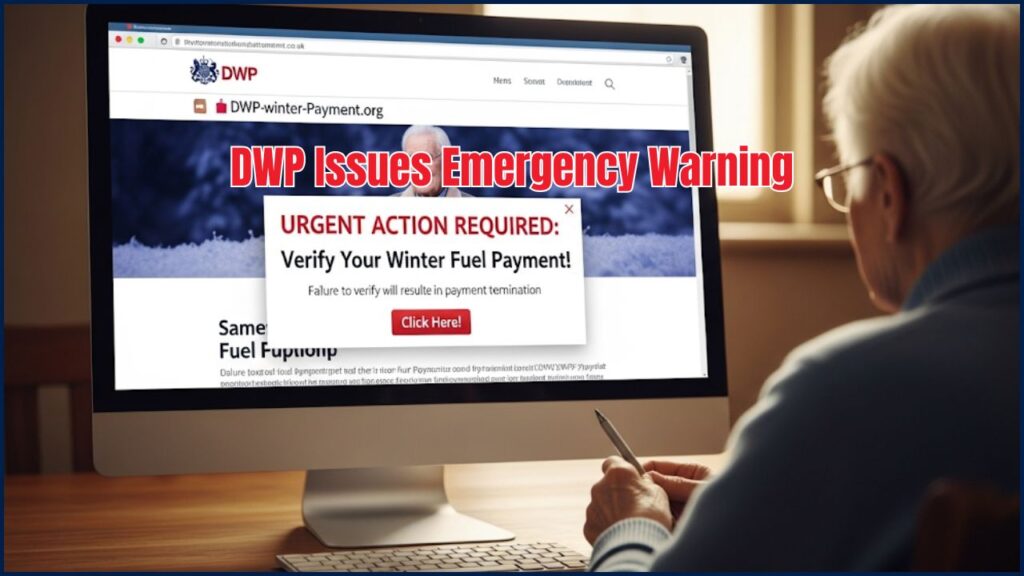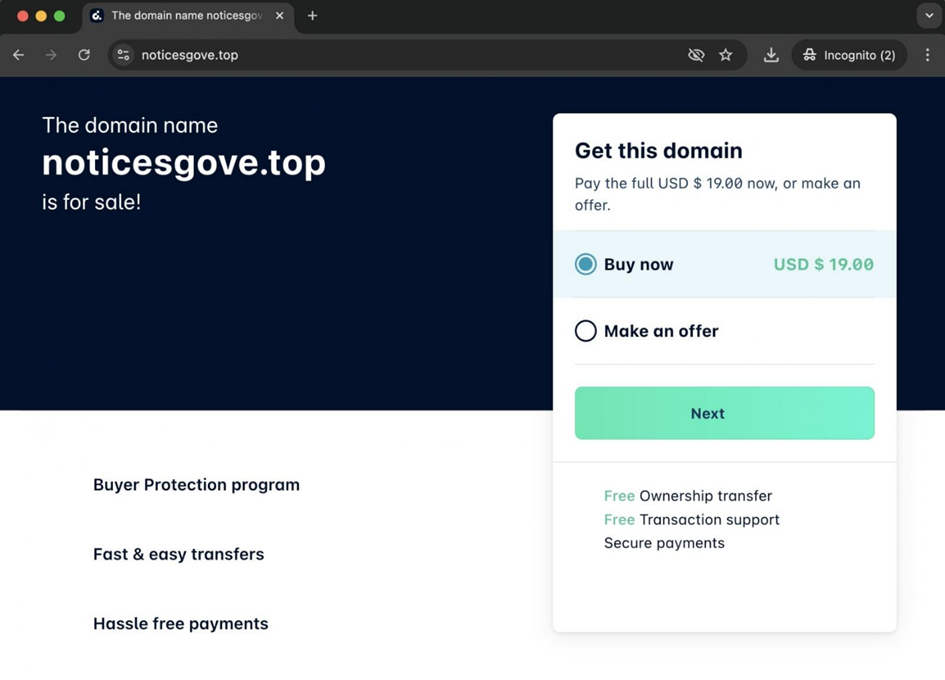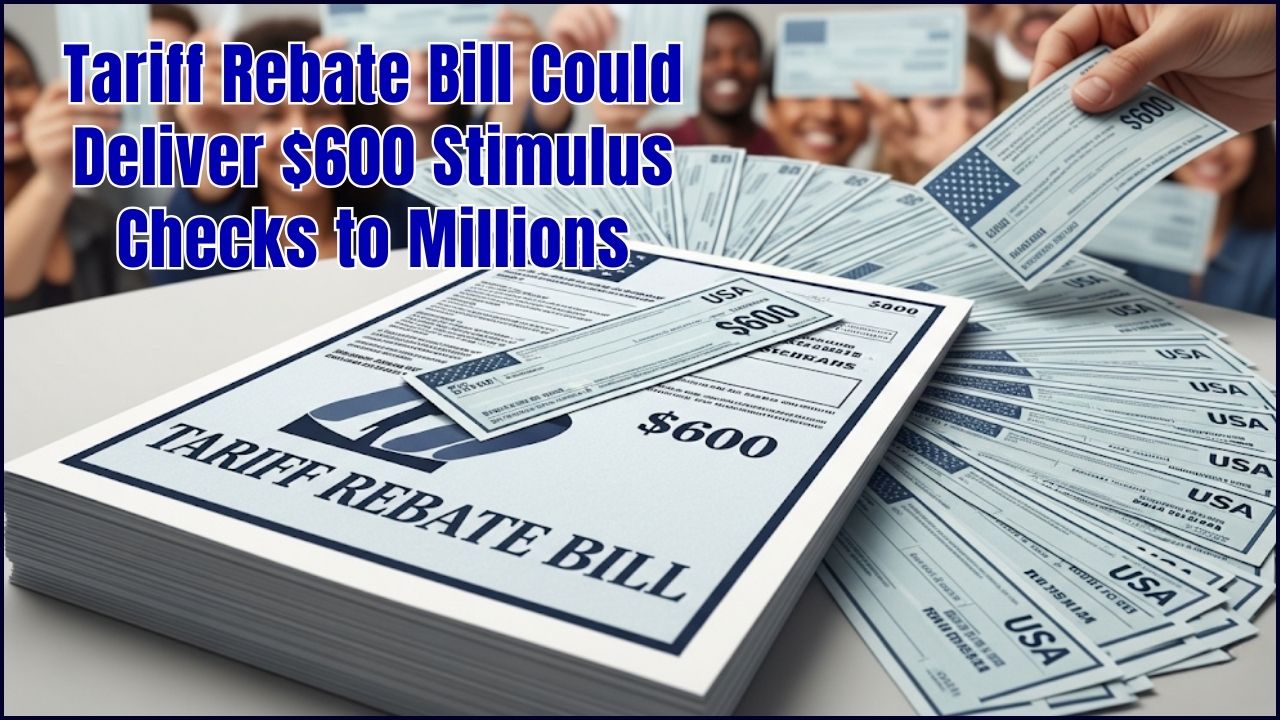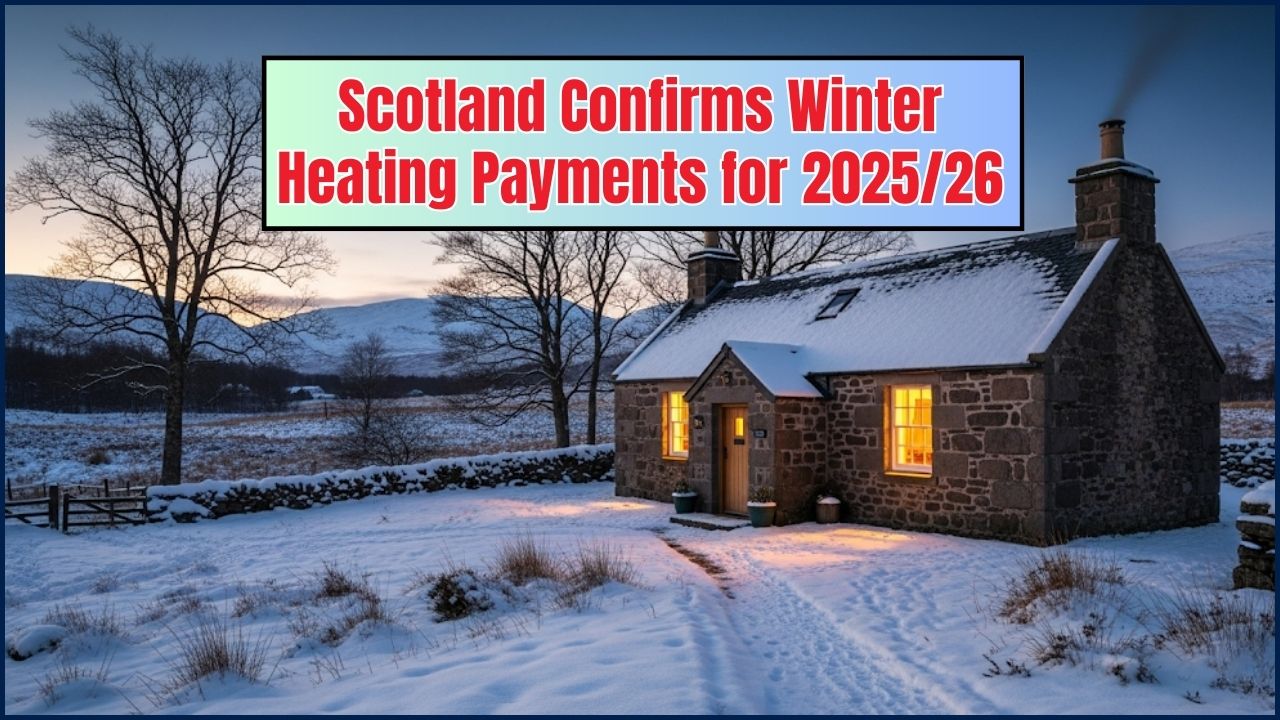When the Department for Work and Pensions (DWP) issues an emergency scam warning, it ain’t no small fry. Right now, con artists are circling like winter wolves, targeting UK pensioners with fake promises of a £300 Winter Fuel Payment. They’re slipping into inboxes and text messages, trying to steal personal details and banking info.

And let’s be clear: this isn’t just some online prank. It’s a direct attack on our elders—the folks who kept the fires burning, raised families, and carried communities. They deserve warmth and peace of mind, not digital bandits knocking at their door.
DWP Issues Emergency Warning
| Topic | Details |
|---|---|
| Scam Alert | Fake texts/emails claiming pensioners must apply for a £300 Winter Fuel Payment. |
| Reality | Most eligible pensioners get the payment automatically—no need to apply. |
| DWP Official Site | Visit GOV.UK for official info |
| How Scammers Trick You | Urgent texts, fake links, requests for bank details, or “£1 refundable fees.” |
| Who’s at Risk | Pensioners born before Sept. 22, 1959 (lower-income households especially). |
| How to Respond | Ignore, delete, forward to 7726, report to Action Fraud (0300 123 2040). |
| When Payments Arrive | Usually between November–December each year. |
The £300 Winter Fuel Payment scam is more than a nuisance—it’s a threat to financial security and community trust. By knowing the signs, reporting fraudsters, and protecting loved ones, we can keep our elders safe through winter.
Remember the wisdom of our people: when you see smoke on the horizon, you warn the village. Share this knowledge. Protect the circle.
The Roots of the Winter Fuel Payment
The Winter Fuel Payment began back in 1997, a government response to rising winter deaths caused by cold homes and high heating bills. The goal? Protect older citizens during harsh winters.
For decades, this payment was universal, going to nearly every pensioner household. But in 2024, it became means-tested, creating confusion and, unfortunately, the perfect storm for scammers. Fast-forward to 2025, and the government reversed course again, promising payments to households earning under £35,000—automatically.
Why Scammers Love This Program
Here’s the deal: scammers don’t fish in clean water—they look for murky streams. And the Winter Fuel Payment is murky right now because of:
- Policy U-turns – changes leave folks unsure who qualifies.
- High energy prices – desperation makes people more likely to act fast.
- Digital shift – many pensioners are new to online systems and easy targets.
According to UK Finance’s Fraud Report, scams stole over £1.2 billion from Brits in 2024. And get this—older adults are 4x more likely to be targeted with financial scams than younger folks.
Real-Life Case Study: The Text That Stole Christmas
Picture this:
Mr. Jones, 74, from Liverpool, got a text saying:
“URGENT: Apply now to claim your £300 Winter Fuel Payment. Click here.”
The link looked official—gov-support-payment.co.uk (notice it’s not GOV.UK). He clicked, entered his details, and within hours, £1,500 vanished from his account.
This ain’t some distant tale. Councils across the UK, like Stroud District Council, are warning this is happening every day.
Spotting a Genuine DWP Message vs. a Scam
| Feature | Genuine DWP Communication | Scam Communication |
| Method | Official letters, official website portals, or calls if you have an ongoing claim. | Unsolicited text messages, emails, or cold calls. |
| Bank Details | Already have your bank details on file for benefit payments. Will never ask for them via text or email. | Requests your bank details, PIN, or National Insurance number to “process your payment.” |
| Tone & Urgency | Official, factual, and informative. | Uses urgent language like “Act Now” or “Application Deadline,” creating a sense of panic. |
| Links | Directs you to the official GOV.UK website. | Includes suspicious links that lead to fake websites with slight misspellings (e.g., gov-uk.com). |
How to Spot a Scam
Think of it like this: a real DWP message is like an eagle—strong, clear, official. A scam message is like a crow—loud, messy, sneaky.
Scam Signs:
- Texts/emails urging you to “apply now.”
- Links that look almost—but not quite—like GOV.UK.
- Requests for bank details or small refundable fees.
Official DWP communication:
- Comes by letter in the post.
- Never asks for personal info via text.
- Directs only to GOV.UK.
Step-by-Step: What To Do If You Get a Scam Message
1. Pause and Breathe
Scammers thrive on fear. Don’t let urgency control you.
2. Don’t Click Links
If it’s real, you’ll find it on GOV.UK anyway.
3. Forward the Scam to 7726
That’s the UK’s anti-spam service—free and effective.
4. Report to Action Fraud
Call 0300 123 2040 or file online.
5. Protect Your Bank Account
Shared info? Call your bank ASAP.
6. Talk About It
Share warnings with parents, grandparents, and neighbors.
Top 3 Mistakes to Avoid
- Clicking a Link: Never click on a link in an unsolicited text or email, no matter how real it looks. These links lead to fraudulent websites designed to steal your information.
- Sharing Personal Info: A legitimate government body will never ask you to provide your bank account details, PIN, or National Insurance number via an unprompted text or email.
- Feeling Pressured to Act: Scammers use a sense of urgency to make you act without thinking. Take a moment, stop, and double-check any request with an official source.
Comparing with the USA: LIHEAP
In the US, a similar program exists: the Low-Income Home Energy Assistance Program (LIHEAP). Like the UK’s Winter Fuel Payment, it helps households with heating costs.
- In 2023, LIHEAP assisted 6 million households.
- But just like in the UK, scammers try to mimic it, asking for “fees” or “applications” through fake sites.
This shows scams are global predators, always adapting to local programs.
Extra Protection for Families and Caregivers
Let’s be honest: many pensioners don’t surf the web daily. That’s where families step in. Here’s how to be a digital bodyguard:
- Set up call filters – block unknown numbers on their phones.
- Bookmark GOV.UK – so they don’t fall for spoof sites.
- Practice “scam drills” – role-play what to do if they get a suspicious text.
- Install antivirus apps on smartphones.
Cybersecurity Mini-Guide: Know Your Enemy
Scammers use several tricks:
- Phishing – fake emails/texts.
- Spoofing – creating websites that look official.
- Smishing – scam texts (SMS + phishing).
- Vishing – scam phone calls (“This is DWP, give me your details”).
Recognizing the tactic is half the battle.

Professional Insight: Why Scams Are Rising
Experts in fraud prevention say:
“We’re seeing a rise in AI-driven scams. Messages are more convincing, voices can be faked, and websites look real. The best defense is education and community awareness.”
That’s why talking about scams—in homes, community centers, and even schools—is essential.
FAQs
Q1: Do I need to apply for the Winter Fuel Payment?
No. If you’ve received it before, it’s automatic.
Q2: When do payments arrive?
Usually November–December.
Q3: How much is it worth?
Between £200–£300, depending on age and living situation.
Q4: What if I gave my info away?
Call your bank immediately, then report to Action Fraud.












